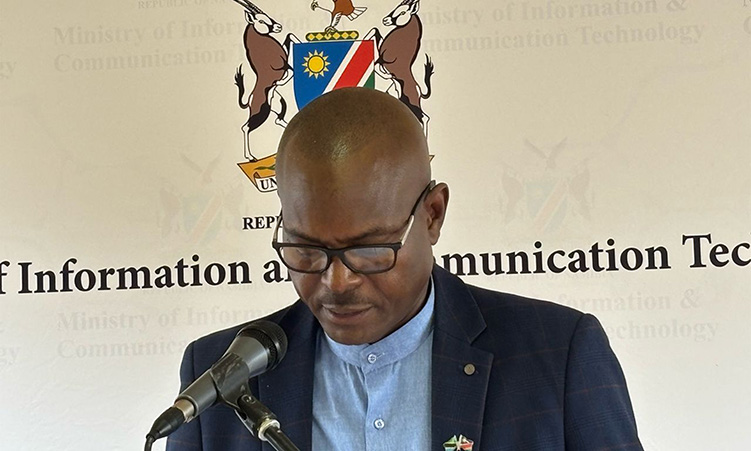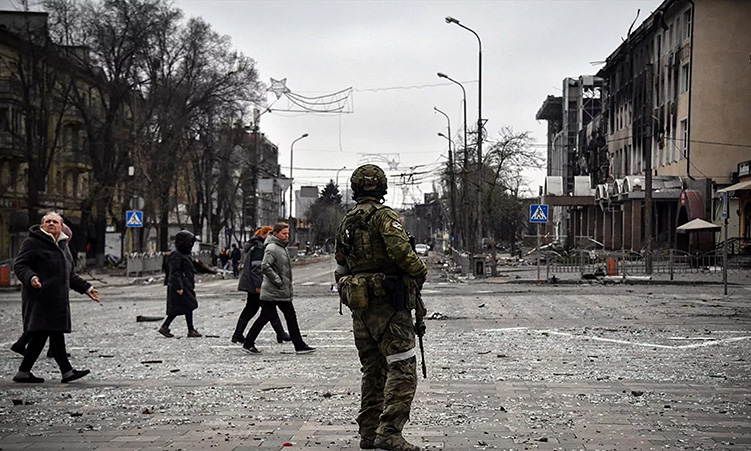MEASURES to control foot-and-mouth disease (FMD) and eventually
remove the Red Line separating the two veterinary zones of Namibia
are underway.
During the weekend, equipment worth N$500 000 was deployed to the Caprivi and Kavango, where recent outbreaks of the disease occurred. FMD is a highly infectious viral disease that infects cattle, sheep, goats, pigs and certain wild animals, and is spread by direct contact between infected animals, ingestion of contaminated animal products, and indirect contact via any material originating from or having had contact with infected animals. Following the outbreak and containment of the disease in the Caprivi Region last year, and the sudden outbreak in the Mukwe constituency of the Kavango Region in July, Cabinet declared a national emergency and allocated N$17 million to efforts to address this situation. Of this, N$8 million was recently paid over to the Directorate of Veterinary Services in the Ministry of Agriculture, Water and Forestry.
The Directorate was ordered to implement short-, medium- and long-term measures to control or eradicate the disease so that trade in animals and animal products from these
regions could resume as soon as possible. The deployment of equipment and consumables to the regions is the first of many efforts to bring FMD under control. Andrew Ndishishi, Permanent Secretary in the Ministry of Agriculture, says the efforts are multifaceted. ‘Arrangements to construct a veterinary fence to prevent the movement of disease-carrying buffalo from the Mahango Game Park into the rest of the Caprivi Region are being made, and the physical presence of people every 5 km along the border between the Mukwe (where the latest outbreak took place) and Ndiyona constituencies to patrol the area and prevent the westward movement of livestock from infected areas is being implemented,’ Ndishishi said. He said the Directorate will also test all livestock in the area to isolate those carrying the disease and to tag those that are disease free. Vaccinations using a monovalent vaccine will begin in January. Diseased animals will be culled and farmers will receive compensation. ‘Our aim is to ensure that diseased cattle are no longer found. We will continue with the tagging, ensure the availability of resources for regular inspection, continue with vaccinations in the Mukwe constituency, and profile all animals in terms of origin, owner, and so on. ‘Once all the proper data has been accrued, we will then open the area to inspection by the International Organisation for Animal Health, and once it has been ascertained that
the area is FMD free, the quarantine will be removed and we will then be able to market cattle from that area again,’ Ndishishi said. The fencing process is expected to take about six weeks, and the investigation of the disease and vaccination of livestock will take about a month starting in January. Monitoring will continue for a full year to ensure that the area remains disease free before the quarantine can be lifted. Items sent to the two regions include tents, equipment and utensils for patrols, foot-dipping equipment for the various control points, and chemicals and spraying pumps for disinfecting the wheels of vehicles from infected areas. Animals south of the veterinary cordon fence or Red Line are not being vaccinated, but are being monitored closely. Ndishishi said the FMD control measures are aimed at eventually removing the controversial Red Line, which stretches from Botswana, through Oshivelo to the Kunene Region, preventing the movement of animals from communal areas in the six northern regions that are yet to be declared FMD free.
Stay informed with The Namibian – your source for credible journalism. Get in-depth reporting and opinions for
only N$85 a month. Invest in journalism, invest in democracy –
Subscribe Now!










